Machining is a word with which many people are familiar, but too few understand. While we often think of machining as the building of machines, the real work of machine shops is much more detailed and intricate and involves a lot of skilled labor and precision in order to complete each project. Indeed, many people working in machine shops have earned advanced degrees in order to develop the skills necessary for their occupation. Machining is more involved than most people would imagine and a lot can be learned by merely looking at it a little closer…
By definition, machining is any process in which a raw piece of material is cut or molded into a desired shape and size by a controlled process of material removal. This process is known as subtractive manufacturing since materials are subtracted in order to produce the desired object. There are also methods in which materials are added in order to produce a finished product which is known as additive manufacturing. This addition or subtraction of materials is done through machine tools in a machine shop in a manner that allows for quick and precise production on a large scale.
Machining can be used to manufacture an endless array of products utilizing a wide range of materials including metal, wood, plastic, ceramic and compost materials. The person who performs the work and specializes in machining is known as a machinist. In the past, a lot of machine work was done by hand, which significantly increased the time necessary in order to produce a completed product. Today, most machining is carried out by computer numerical control (CNC), in which computers are used in order to control the movement and operation of lathes, mills and various other machines that are used throughout the process.
Computer Numerical Control (CNC) allows for the automation of machine tools by allowing the computers to execute pre-programmed sequences of machine controlled commands. This process is highly automated by using computer-aided design (CAD) software and manufacturing (CAM) software. This allows for various designs to be quickly coded into specific commands which are then able to be directly uploaded to the CNC machine. This helps expedite production while maintaining quality and accuracy throughout the process.
This process can be duplicated across various machines in order to produce more complex products, while still maintaining the speed that comes through direct automation. The entire process can then be used to generate a large quantity of products at a quick rate of production, while still maintaining a high emphasis on perfection and quality with defaults being calculated in part per million.
If you need some machine work done and aren’t sure where to look, contact our offices in San Jose, CA or Santa Clara, CA in order to schedule a consultation. We’ve worked with a wide variety of clientele on a broad array of projects and are confident we have a solution that’s right for your needs. Contact us today and let us know how we can help you!
